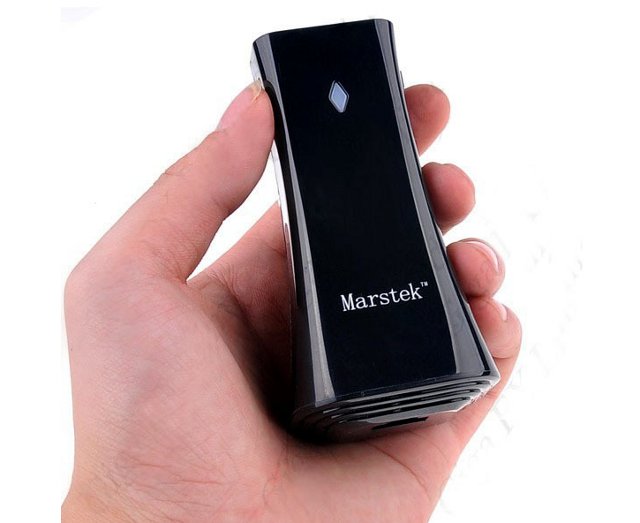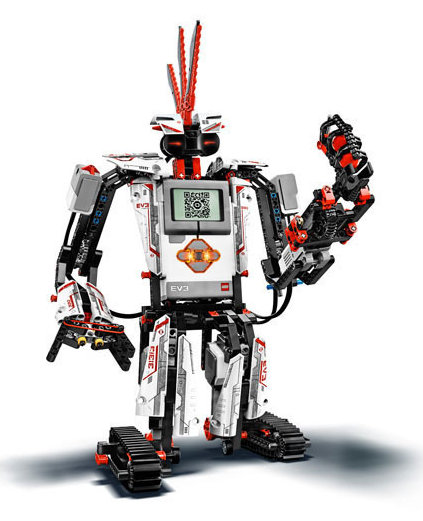Philipp Zabel, kernel developer at Pengutronix, discusses about graphics and video support for Linux on embedded SoCs at Embedded Linux Conference Europe 2012. Abstract: Porting Linux to new ARM based application processors has recently become easier than ever: the kernel gained many new frameworks like common-clock, oftree and pinmux. However, things get complicated when it comes to high end embedded graphics units.Those graphics systems tend to be composed of a multitude of on-SoC functional blocks that can operate on shared graphics buffers and video signals, as well as off-SoC encoder/converter chips that can be mixed and matched with any SoC.The old framebuffer is certainly not enough for today’s hardware any more, while modern frameworks like KMS and DRM have their own hassles on non-PC style graphics systems.The talk outlines issues we found while working on graphics and video support for the MX53 and MX6 CPUs and gives suggestions for possible […]
Embedded Linux Boot Time Optimizations – ELCE 2012
Alexandre Belloni, embedded Linux engineer and trainer at Adeneo Embedded, gives a presentation about different techniques to optimize boot time for Embedded Linux at ELCE 2012. He also explains how they’ve measured the boot time. Abstract: A common problem faced when embedding Linux is the long boot time before the system is functional. There are many ways to improve boot up time. For a particular project, we had to answer a CAN message from Linux userspace in less than 420 ms from going out of CPU reset. We will describe our methodology and the techniques we finally chose to implement in that particular use case. We will also detail how we measured the boot time efficiently. A live demo will show the results of our work. More specifically, Alexandre discusses two projects at Adeneo where boot time was critical: An automotive platform based on Freescale i.mx53 needs to reply to […]
Inside Android’s User Interface – ELCE 2012
Karim Yaghmour, Opersys inc, talks about the internals of the Android user interface at Embedded Linux Conference Europe on November 5, 2012. Abstract: Android is a very complex stack comprising several dozens of novel components and moving parts. Still, it’s intrinsically a user-centric system and, therefore, its parts which deal with user interface are of special interest for anyone aiming to put Android in a device. This talk will examine the internals of Android’s user-facing components. Specifically, we will cover the inner-workings and interactions of the Window Manager, Surface Flinger, Input Method Manager, and the rest of the system. We will also cover key display and input components such as the Status Bar, Soft Keyboard and Notifications. This talk will be especially useful to developers intending to use Android in user-facing embedded systems, those needing to implement support for their graphics hardware and anyone interested in the internals of Android’s […]
Near Field Communication with Linux – ELCE 2012
Samuel Otiz, software engineer at the Intel Open Source Technology Center, talks about NFC support for Linux at the Embedded Linux Conference Europe in , on November 5, 2012. Abstract: Linux recently gained support for NFC (Neard Field Communication), and this presentation will describe the status of the current NFC stack in terms of actual features, hardware support and also distribution availability.After showing how this stack is architectured, we will also explain what our long and short term plans are. NFC hardware is typically found on mobile devices, many of them running Linux or Android. Up until recently, only Android provided a real and viable software support for those chipsets. During this presentation I will show how the Linux NFC stack is now getting on par with the Android stack features and API wise and how its design allows for an already broader range of supported chipsets. The presentation is divided into […]
Are We Headed for a Complexity Apocalypse in Embedded SoCs? – ELCE 2012
Free-electronics has made nearly 50 videos of Embedded Linux Conference Europe 2012 available at http://free-electrons.com/blog/elce-2012-videos/ in webM format. I’ll upload the ones I find most interesting to Youtube to make them accessible to a larger audience, and post them in this blog together with a short summary, and links to presentation slides when available. I did the same last year, so you can have a look at ELCE 2011 videos if you wish. Some 2012 videos are just an update from 2011. The first video is a keynote by Matt Locke, the Director of the Linux Developer Center at Texas Instruments, about the future of Embedded SoCs. First, he compares the block diagrams of a Power PC chip from 1995 and the latest TI OMAP 15 SoC. In the former, we can see the details of the architecture, but in the latter, we can only see an overview as it has […]
$14 Marstek MPR-N9 WiFi/3G Router with 2,400 mAh Battery
One of my readers (Onebir) brought Poray M3 mini Router to my attention a few days ago, as it just cost $17 at the time (now over $20) and OpenWRT developer Squonk seems very interested about it since it features microSD and SD card slots missing in TL-WR703N. However, the device only has 16 MB memory which makes it somewhat difficult to run OpenWRT, or at least some of its features. But today, I’m not going to talk about this. Mentions of Poray M3 router came in HAME MPR-A1 OpenWRT forum thread, and I discovered a new (to me) type of low cost, small form factor device: portable Wi-Fi/3G routers. Those devices are about the size of android mini-PC and contain the chips to handle Wi-Fi, USB host (for external 3G dongle), and comes with a built-in battery so that you can use them anywhere (beach, mountain, car…), as long […]
Lego Mindstorms EV3 Hackable Robots Run Linux
The LEGO Group has announced LEGO MINDSTORMS EV3, a new platform for consumer robotics designed for both younger generation and robotics enthusiasts, at CES 2013. MINDSTORMS system is powered by the new EV3 Intelligent Brick, that comes with more memory (64 MB + 16 MB internal flash memory) and a faster processor (ARM9 @ 300MHz), and runs a Linux-based firmware. EV3 Intelligent Brick also features an infrared port, a 178×128 LCD interface, a USB host port and SD expansion slot, and is now compatible with iOS and Android for remote control via Bluetooth 2.1. Thanks to 6 buttons present on the EV3, users can now program many functions directly, in addition to the ability to download programs from a desktop computer. Lego claims a simple robot can be built in 20 minutes without having to plug it into a PC. Beside EV3 intelligent brick, the set comes with 550 Lego Technic […]
Piglit OpenGL Driver Testing Framework Now Works with ARM Linux & OpenGL ES
Piglit is a collection of automated tests for OpenGL implementations that aims at improving the quality of open source OpenGL drivers by providing developers with a simple means to perform regression tests. ARM SoCs that come with a GPU usually (always?) supports OpenGL ES however. That’s why, Tom Gall (Linaro) has modified Piglit in order to bring this test suite to ARM Linux and OpenGL ES. There are about 6,900 OpenGL tests in Piglit, and currently 1,047 Piglit (OpenGL ES) tests can run on ARM . Tom also explains that piglit developers are now using waffle, a cross-platform C library that allows one to defer selection of GL API and window system until runtime. This will allow your to select the variation of the GL API (GL, GL ES) and windowing system (X11, Wayland…) you want to use at runtime. The code is still heavily modified, but it’s in the […]







